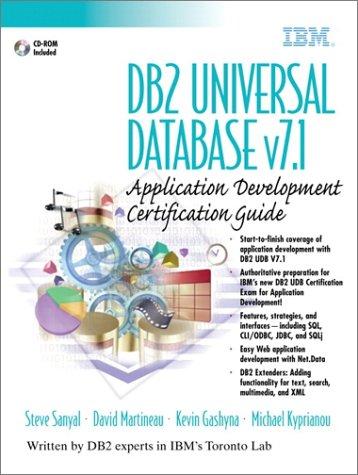This is for a networking class.
Computer Networks and Security.


Introduction: As discussed in class. Cipher Block Chain is used to create different cipher blocks for identical plaintext blocks. The sender encrypts messages as follows: - Send C(O) to the receiver in the clear - Encrypts messages m(1), m(2), m(3), etc. using the recursive algorithm: O C(1) =Ks( c(1) C(1-1) ) The receiver decrypts messages as follows: - Receives C(O) from the sender in the clear Decrypts Cipher text C(1), C(2), C(3), etc. using the recursive algorithm: o M(I) = Ks(C1) C(1-1) Project: Assume you have an 8-letter alphabet (A, B, C, D, E, F, G, H), and you want to send messages, each made of one letter at a time. The two ends agree on the following encoding (application layer, this is not the encryption) Letter Encoding 000 001 010 011 100 101 110 111 For the symmetric key encryption, Ks is defined as a mapping from one code to another as follows (this is just one out of 8! Possible keys) KS Encryption: Block M(1) c(1) 000 001 001 000 011 010 | 100 101 | 101 100 111 111 110 010 011 110 KS Decryption: Ci) 001 000 MO 000 001 | 010 011 011 101 100 111 110 100 101 110 111 Show all the steps to encrypt and decrypt the following Text: BEADAD using an Initial Vector IV = C(0) = 110. Create a table for the sender and the receiver, as follows: IV=C(O)=110 Text1: B Cipher C(1)=.... Show formula and end result Text2: E Text3: A Text4: D Text5: A Texto: D Sender Code M(1)= Code(B)= 001 M(2)= M(3)= M(4)= M5= MO= Text IV=C(0)=110 C(1)= Receiver M M(1)= show formula and end | Text1 result C(2)= C(3)= C(4)= C(5)= CO= Introduction: As discussed in class. Cipher Block Chain is used to create different cipher blocks for identical plaintext blocks. The sender encrypts messages as follows: - Send C(O) to the receiver in the clear - Encrypts messages m(1), m(2), m(3), etc. using the recursive algorithm: O C(1) =Ks( c(1) C(1-1) ) The receiver decrypts messages as follows: - Receives C(O) from the sender in the clear Decrypts Cipher text C(1), C(2), C(3), etc. using the recursive algorithm: o M(I) = Ks(C1) C(1-1) Project: Assume you have an 8-letter alphabet (A, B, C, D, E, F, G, H), and you want to send messages, each made of one letter at a time. The two ends agree on the following encoding (application layer, this is not the encryption) Letter Encoding 000 001 010 011 100 101 110 111 For the symmetric key encryption, Ks is defined as a mapping from one code to another as follows (this is just one out of 8! Possible keys) KS Encryption: Block M(1) c(1) 000 001 001 000 011 010 | 100 101 | 101 100 111 111 110 010 011 110 KS Decryption: Ci) 001 000 MO 000 001 | 010 011 011 101 100 111 110 100 101 110 111 Show all the steps to encrypt and decrypt the following Text: BEADAD using an Initial Vector IV = C(0) = 110. Create a table for the sender and the receiver, as follows: IV=C(O)=110 Text1: B Cipher C(1)=.... Show formula and end result Text2: E Text3: A Text4: D Text5: A Texto: D Sender Code M(1)= Code(B)= 001 M(2)= M(3)= M(4)= M5= MO= Text IV=C(0)=110 C(1)= Receiver M M(1)= show formula and end | Text1 result C(2)= C(3)= C(4)= C(5)= CO=








